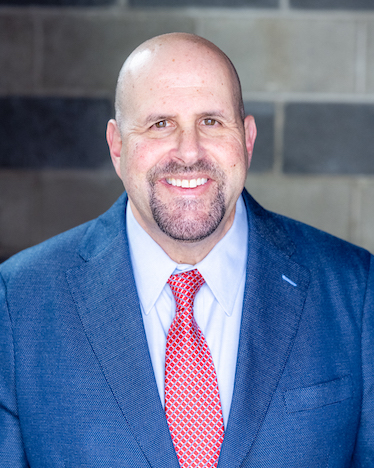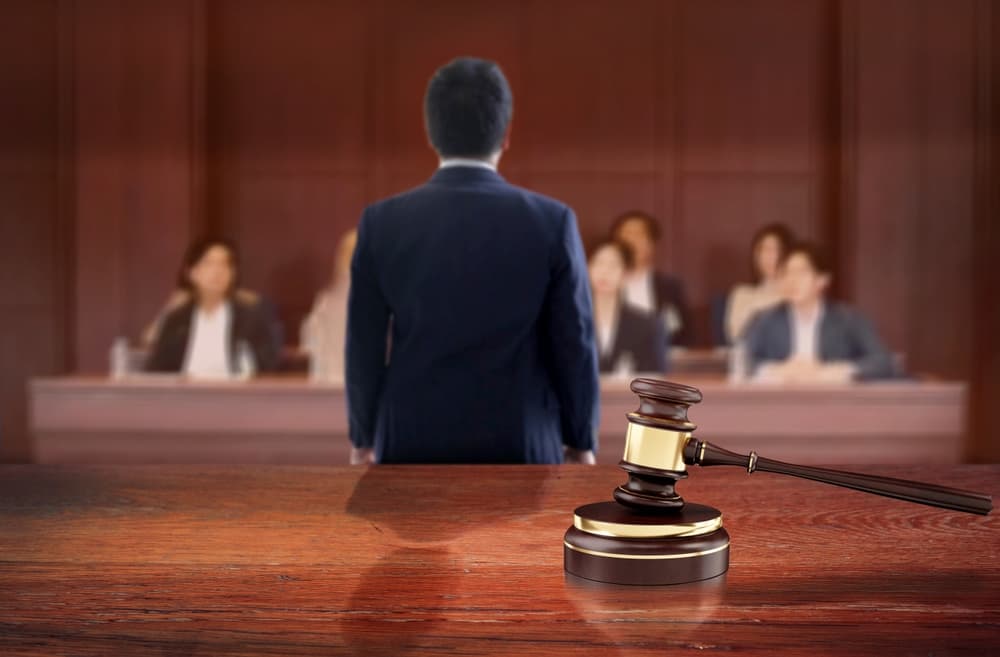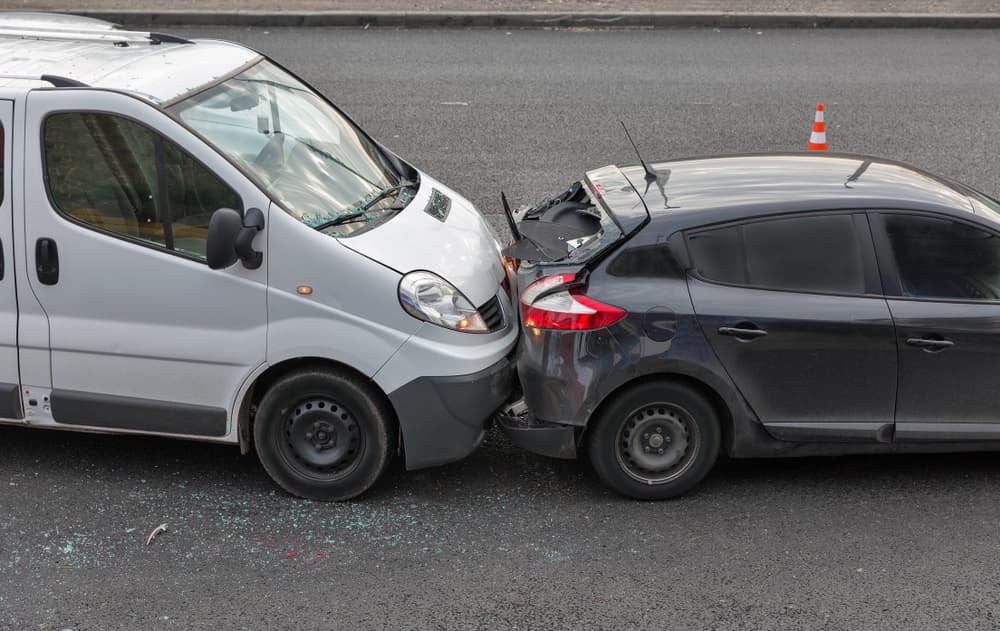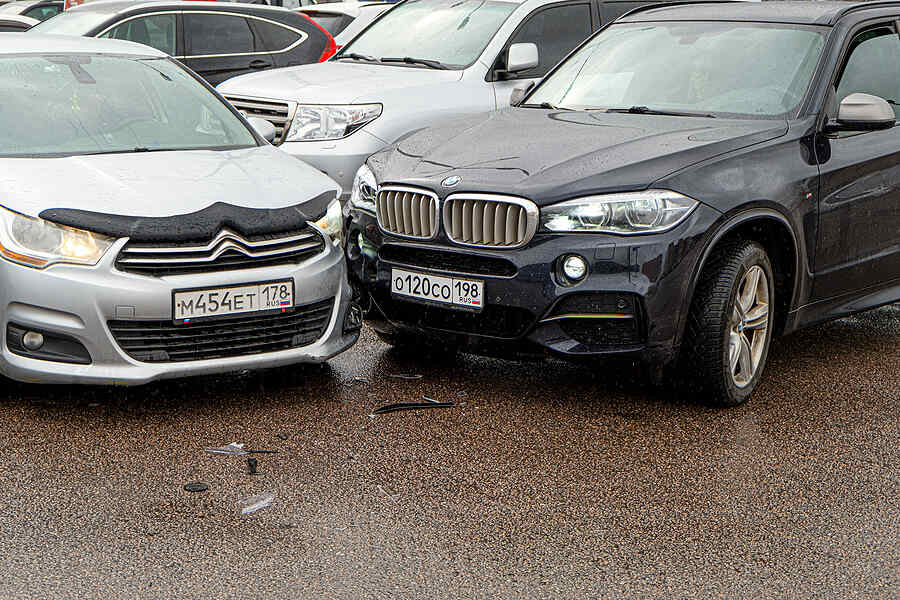Eight Types of Car Accidents That Could Injure You
Many statistics-gathering entities separate car accident stats by the type of vehicle, type of driver and the cause of an accident.
Safer-America pulls raw data from the National Highway Traffic Safety Administration, Federal Motor Carrier Safety Administration, and other agencies. It then uses that data to create a comprehensive report of vehicle accident statistics.
Accidents may involve one vehicle, multiple vehicles, cars against motorcycles, cars against trucks and even cars against pedestrians. Sometimes the accidents are divided by age groups, but the most common age groups mentioned separately are teen drivers and elderly drivers. If you are injured in a car accident, contact a
car accident attorney at
Abels & Annes as soon as possible.
Impact Types
Certain types of car crashes are more devastating than others. The destruction and injuries caused depend on certain factors. How another vehicle hits yours, where another car hits yours, and the speed your vehicles travel when they collide all contribute to the severity of injuries.
- Head-on collision: This type of crash may happen if someone is driving the wrong way on the street, driving the wrong way down a one-way street or passing another vehicle on a two-lane road. While a head-on collision is not the most common type of car accident, it is usually the most deadly because of the combined speed of both vehicles.
- Side-impact collision: You often see this type of accident on highways with more than one lane going in the same direction. A side-impact wreck happens when someone tries to merge from one lane into your lane and side-swipes your vehicle.
- T-bone collision: This type of accident usually happens at an intersection or a parking lot. If someone runs a red light or a stop sign, or fails to yield turning left, you could ram the nose of your vehicle into the side of the other person’s car. It’s called a T-bone because the two cars make the shape of a ‘T.’
- Rear-end collision: In most cases, rear-end wrecks happen at lower speeds. The driver in the rear fails to slow down in time when approaching a stopped vehicle from the rear. In some cases, rear-end collisions may happen at higher speeds. For example, you are traveling on a highway and at a complete stop due to a traffic jam. The person coming up behind you isn’t paying attention. He or she rams into the back of you at a higher rate of speed. A rear-end collision may also happen if someone is tailgating you and you need to stop quickly.
- Pedestrian accident: This crash happens when a vehicle hits someone walking in a crosswalk, in a parking lot or along the road. Pedestrian accidents are more common in urban areas with more foot traffic. Pedestrians should always try to use designated crosswalks and at night they should wear reflective clothing if they are walking at night, even in urban areas. While it is up to the driver of the vehicle to notice what is on the roadway, sometimes a person in dark clothing on a dark street is difficult to see.
- Rollover accident: This type of accident is often caused by not knowing your vehicle. If you have a high, narrow vehicle, it is more prone to rolling over if you take a curve at a higher speed than recommended. In some cases, a tall vehicle will flip over in a curve, especially if the wind is strong and is pushing you against the outside of the curve.
- Hit-and-run wreck: This wreck is when someone hits you and leaves the scene of the accident. The person may not have insurance or could be driving an unregistered vehicle. The person may also be operating on a suspended license or may be driving under the influence.
- Single car crash: This happens when someone is driving under the influence or loses control of the vehicle due to excessive speed or because the driver was trying to avoid something in the road. Depending on the speed the driver is traveling, injuries could range from mild to catastrophic or even death.
Types of Location Accidents

Accidents happen in different locations, and if you know the most common places, you are apt to be more careful. While it is prudent to be aware of other drivers no matter where you are, your senses should be heightened at intersections, especially those with four-way stops. While everyone must pass the driving test, some people seem to forget what they’ve learned when it comes to four-way stops.
- Intersection wreck: This is the most common place you’ll find accidents. People do not pay attention, forget how a four-way stop works or run a light or stop sign because they are in a hurry. No matter what the reason, the person who caused the accident is certainly not thinking of others at the intersection.
- Highway wreck: You might think it is difficult to get in a wreck on a highway since all of the vehicles are going in the same direction and traveling at about the same speed. However, distracted drivers, wrong-way drivers and those who are driving aggressively by speeding and changing lanes every few seconds cause accidents. And, because of the higher rate of speed, once someone gets in an accident, others could add to it because they are not paying close attention to traffic slowing down for the crash. Rear-end accidents in highway traffic are also very common. Rubber-neckers also cause accidents because they slow down to see something—usually an accident—and the person behind them do not expect them to slow down considerably.
- Off-road crash: Not off-road in the sense of off-roading in the woods, but in parking lots and other private areas. These accidents are usually the result of people not paying attention when backing out of a parking spot or hitting other vehicles that are close to another car. If someone does not have reasonable control over a vehicle because he or she is a new driver, is inebriated or cannot see due to vision problems, that person could hit your car while pulling into or leaving a parking spot.
If you were injured in an accident or you lost a loved one in an accident, a car accident lawyer can answer your questions and help develop a plan for how you can recover. Speak with Abels & Annes today to discuss other
cases average settlements and what you need to do to file a claim.
David Abels
Partner
David Abels has carved a niche for himself in the personal injury law sector, dedicating a substantial part of his career since 1997 to representing victims of various accidents. With a law practice that spans over two decades, his expertise has been consistently recognized within the legal community.
Author's Bio
 Accidents happen in different locations, and if you know the most common places, you are apt to be more careful. While it is prudent to be aware of other drivers no matter where you are, your senses should be heightened at intersections, especially those with four-way stops. While everyone must pass the driving test, some people seem to forget what they’ve learned when it comes to four-way stops.
Accidents happen in different locations, and if you know the most common places, you are apt to be more careful. While it is prudent to be aware of other drivers no matter where you are, your senses should be heightened at intersections, especially those with four-way stops. While everyone must pass the driving test, some people seem to forget what they’ve learned when it comes to four-way stops.



